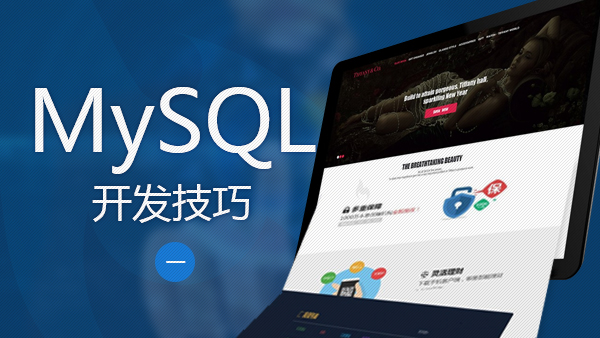0. 使用 docker 启动MySQL数据库
docker run -d -e MYSQL_ROOT_PASSWORD=123456 -e MYSQL_DATABASE=sunk -p 3307:3306 --name test-mysql --restart always -v /home/ct/mysql1/data:/var/lib/mysql mysql:8.0.12 --default-authentication-plugin=mysql_native_passwor
注意:
1> 这里的“数据库名“需要和下一步setting中的数据库名一致!!
2> 我们的MySQL数据库对外部应用程序(非 docker 容器)开放的端口号为: 3307
1. 在Django配置中选择MySQL数据库
在项目下的 setting.py
# Database# https://docs.djangoproject.com/en/1.11/ref/settings/#databasesDATABASES = { 'default': { 'ENGINE': 'django.db.backends.mysql', 'NAME': 'sunk', 'USER':'root', 'PASSWORD':'123456', 'HOST':'127.0.0.1', 'PORT':'3307',
}
}
2. 安装依赖包
2.1 在 python2 中,使用 mysql-python 进行安装连接MySQL的库
pip install mysql-python
如果大家使用的是python2, 我们的任务到此为止啦!!
如果是python3,请继续看下文
2.2 在 python3 中,使用连接库为 pymysql
pip install pymysql
3. 在项目目录下的 __init__.py 中添加:
import pymysql pymysql.install_as_MySQLdb()
如下图所示:

4. 重新启动Django
python manager.py runserver
输出如下:
Performing system checks... System check identified no issues (0 silenced). You have 13 unapplied migration(s). Your project may not work properly until you apply the migrations for app(s): admin, auth, contenttypes, sessions. Run 'python manage.py migrate' to apply them. August 21, 2018 - 13:06:03Django version 1.11.15, using settings 'DjangoProject.settings'Starting development server at http://127.0.0.1:8000/Quit the server with CONTROL-C.
Done,到此为止 Django 启动正常,并且连接到MySQL数据库 ~~
参考资料:
https://blog.csdn.net/u014360817/article/details/55504331
https://blog.csdn.net/lhyzyp/article/details/70550683


 随时随地看视频
随时随地看视频




